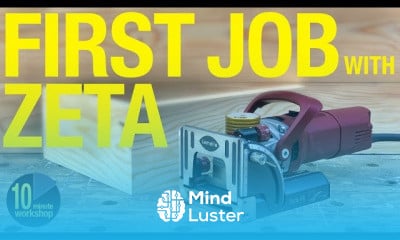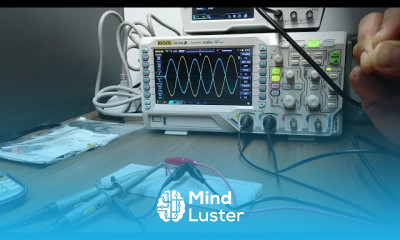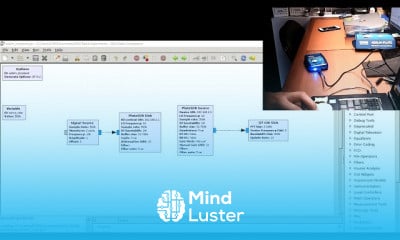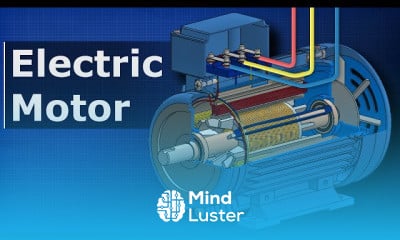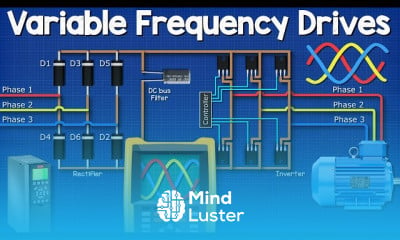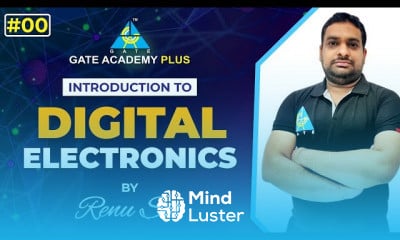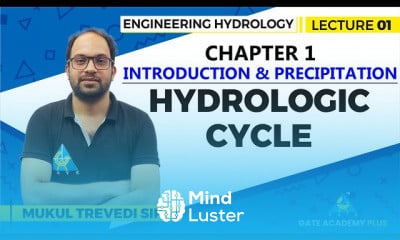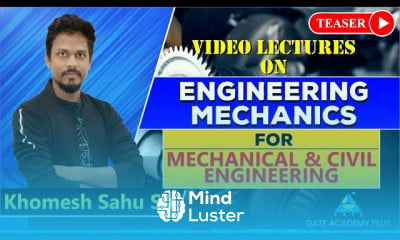Transformer working principle and types in Tamil
Share your inquiries now with community members
Click Here
Sign up Now
Lesson extensions
Lessons List | 4
Lesson
Comments
Related Courses in Engineering
Course Description
Transformer types course,
in this course we will learn about the various Transformer Types, providing a comprehensive understanding of the different transformers used in electrical systems and their specific applications. The course will start with an introduction to the basic principles of transformer operation, including electromagnetic induction and the role of transformers in power distribution and electrical systems.
We will explore the different types of transformers, such as power transformers, distribution transformers, instrument transformers (current transformers and potential transformers), auto transformers, isolation transformers, and special-purpose transformers. Each type will be examined in detail to understand its construction, working principles, and typical applications.
Participants will learn about the distinctions between single-phase and three-phase transformers, as well as the differences between core-type, shell-type, and toroidal transformers. The course will also cover the specific design and application of dry-type and oil-filled transformers, highlighting their advantages and limitations.
Furthermore, we will discuss step-up and step-down transformers, their roles in voltage regulation, and their importance in renewable energy systems and industrial applications. Emphasis will be placed on the practical aspects of selecting the right transformer type for various applications, considering factors such as efficiency, cooling methods, and load requirements.
Trends
AI ML E Degree
Content marketing works in 2024
Create a website with wordPress for beginner
Video editing with adobe premiere
The Complete Python Programming Full Course
Learning English Speaking
Python programming language
WhatsApp Business Marketing for Beginners
Digital Media Literacy
Python Programming | Edureka
Digital Marketing in Arabic
Data Science with Python conditions
Kotlin programming essentials bootcamp
MS Excel
Complete WIFI Hacking Course Beginner to Advanced
Inserting images in HTML for beginners
Affiliate marketing essentials for beginner
Fix Neck Hump exercises at home
Excel Power Query in excel for beginners
Database Networking and Beyond
Recent
Data Science with Python conditions
Reinforcement learning for game development
Machine Learning API development essentials
Building a Forza AI with Python
Deep Learning Projects with Python
Installing OpenCV for Python for beginner
Video editing with adobe premiere
Mastering adobe Illustrator CC basics
Create a website with wordPress for beginner
AI deep reinforcement Learning in Python
Kotlin programming essentials bootcamp
Brainstorming on data science
Python mySQL database connection
Model deployment on unix for beginners
Data Science knowledge test
Data science mock interview basics
Deep Learning interview questions
VIF application in python for beginners
Data science basics quiz
NLP and generative AI for beginners










